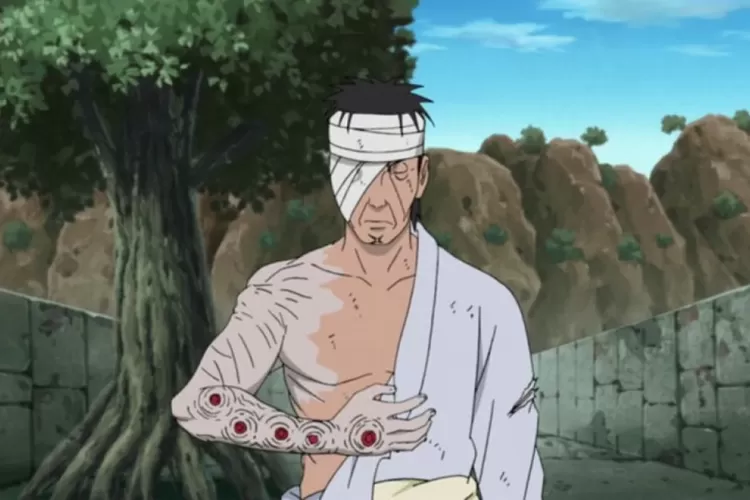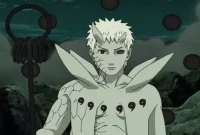In the captivating world of Naruto, ninja warriors are always seeking ways to gain the upper hand in battle. One particular source of extraordinary power comes in the form of Hashirama cells. These cells, named after the legendary Hashirama Senju, have become a coveted and sought-after asset for many characters throughout the series. From enhancing abilities to achieving specific goals, the experimentation with Hashirama cells plays a pivotal role in the development of the storyline. Let’s explore the fascinating effects of Hashirama cell experimentation in the Naruto universe.
Hashirama cells are known for their incredibly strong chakra and their ability to grant special powers. From powerful clans to ambitious individuals, many have delved into the world of Hashirama cells in hopes of obtaining unparalleled strength. One notable character who underwent a transplant of Hashirama cells is Kakashi Hatake. This transplant allowed Kakashi to activate his Mangekyou Sharingan without experiencing the excruciating pain typically associated with it.
Another renowned figure who utilized Hashirama cells to great advantage is Madara Uchiha. Through the incorporation of these remarkable cells, Madara was able to enhance his already formidable abilities and even create the legendary Rinnegan. Such is the power that lies within Hashirama cells.
The infamously twisted Orochimaru was also intrigued by the potential of Hashirama cells. With his insatiable curiosity and desire for power, Orochimaru successfully conducted experiments that resulted in the creation of Yamato. This new individual possessed the ability to harness the immense strength derived from Hashirama cells, becoming a force to be reckoned with.
Danzo Shimura, a complicated character with complex motives, took a different approach to utilizing Hashirama cells. He incorporated these cells into his own body, effectively increasing his power and capabilities. This led to a transformation that further solidified his position as a formidable adversary.
The infamous Obito Uchiha, driven by his own twisted ambitions, harnessed the power of Hashirama cells to create the White Zetsu Army. By infusing half of his body with Hashirama cells, Obito was able to bring forth a formidable force that had devastating consequences for the ninja world.
Not limited to warriors, the knowledgeable and skilled Tsunade, a prominent figure in Konohagakure, successfully developed a prosthetic arm using Hashirama cells. This innovation not only restored her physical abilities but also emphasized the versatility and usefulness of Hashirama cells beyond combat applications.
Shin Uchiha, a clone created using Hashirama cells, became a living testament to the power within. Shin’s body was modified with Hashirama cells to implant Sharingan, unlocking unique abilities and making him a formidable opponent.
Throughout the Naruto series, various characters sought out Hashirama cells, each with their own personal agenda and specific goals in mind. The allure of these cells, with their potent chakra and unique properties, was undeniable. Power, strength, and the ability to transcend limits drove individuals to pursue Hashirama cells relentlessly.
In conclusion, the use of Hashirama cells by various characters in the Naruto series not only enhanced their abilities but also played a significant role in the development of the story. These cells, derived from the body of the legendary Hashirama Senju, became a symbol of power and potential. The effects of Hashirama cell experimentation are vast and far-reaching, serving as a driving force behind the ambitions and conflicts within the Naruto universe. So, next time you dive into the thrilling world of Naruto, remember the incredible influence and significance that Hashirama cells hold.





